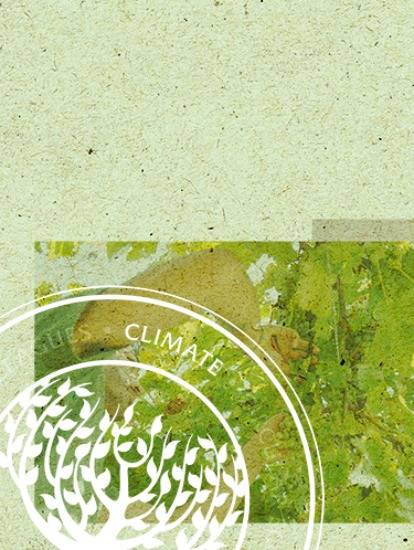
Carbon Footprint
Since the cap was put on our very first bottle of premium tonic water, we have worked to minimise the impact that our drinks have on the environment. Whether it be our decision from conception not to use PET bottles, how we work with small specialist producers to source many of our ingredients, or our efforts exploring alternative fuels to power our manufacturing and logistics processes, we continually challenge ourselves and our partners to make the right choices.

Measure
We annually conduct a cradle-to-grave business carbon footprint analysis, which is transparently reported to CDP. Each assessment looks at all emissions associated with our drinks across their lifecycles; from those connected to the sourcing of our ingredients and the manufacturing of our mixers to the journey they go on to reach our customers, how they are consumed, and finally their eventual disposal. Measuring our footprint enables us not only to quantify progress made, but also identify hotspots for further decarbonisation, aiding greenhouse gas reductions year-on-year.
In previous years, we explored the use of high-quality carbon offsets to enable all drinks sold in the UK to be carbon neutral from 2021 to 2023 - independently verified by the Carbon Trust. We invested in high-quality nature-based offsetting projects in regions where we source key ingredients from, such as the Isangi REDD+ Project in the Democratic Republic of Congo.
Obtaining carbon neutrality was a great first step that accelerated our understanding of our UK emissions, enabled clear reporting, and laid a solid foundation for supply chain climate engagement. Yet we are now in a position to do more.
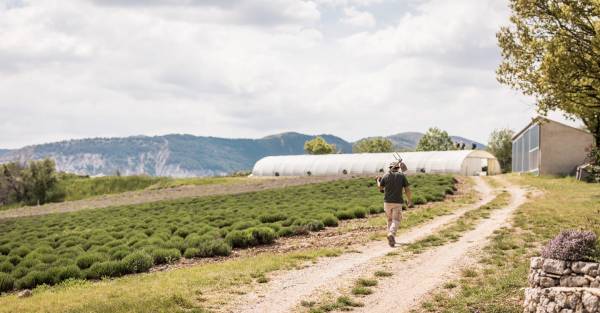
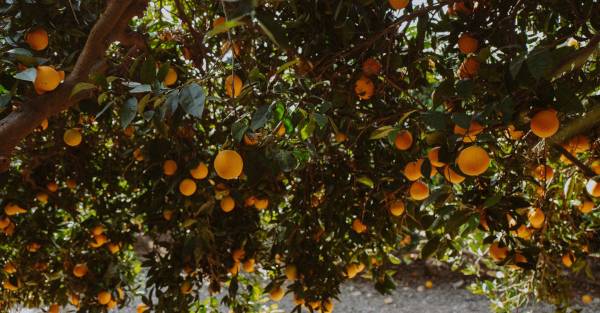

Action
Calculating and offsetting our footprint was just the start of our journey. To make real progress on sustainability, we know we need to put in place plans to reduce emissions – not just measure and offset them. Our responsibility to drive reductions lies ur responsibility to drive reductions lies not only across our own emissions (referred to as “Scope 1 & 2” emissions), such as changing our company cars to hybrid vehicles and effectively switching all our offices to renewable energy, but also working with our partners through our supply chain to drive reductions in our indirect emissions (known as our “Scope 3” emissions). We know we can’t do this alone and are working ever closer with our partners to identify and deliver emissions reduction projects that make a meaningful difference.
As of 2024, we departed from carbon neutrality, instead taking the opportunity to look within our supply chains and focus on value chain decarbonisation through ‘insetting’ where we can have the most meaningful impact. In this next phase of our decarbonisation journey, it’s all about enhancing the scope, scale and speed of carbon reductions – broadening our decarbonisation strategy to cover scopes 1-3 with a global lens, looking to expedite action across all life cycle stages.
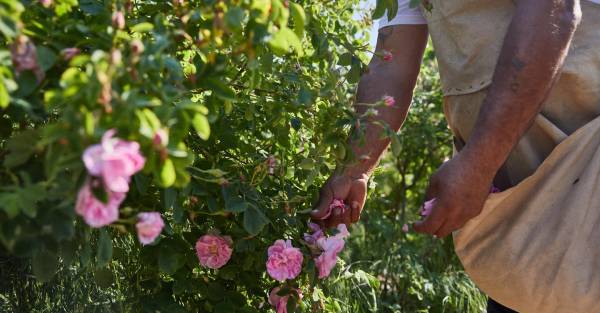
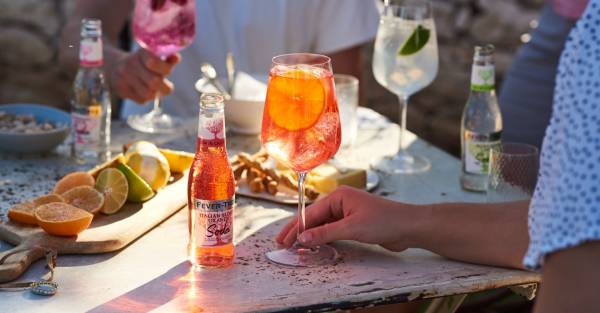

Targets
Back in 2021, we set Science Based Targets, committing to reducing Fever-Tree’s Scope 1 and 2 emissions by 50% by 2030; and reducing per litre product emissions on an annual basis.
Now our ambition is to define a Fever-Tree Group global decarbonisation strategy and transparent net zero roadmap. Watch this space…







